From Gargoyles to Gutters: The History of Gutter Techniques
Take a look at practically any house and you’ll spot gutters. You’ll also find gutters installed by roofing companies on many commercial buildings, schools, churches, and more. While gutters are now a mainstay, they enjoyed a long and rich history to reach this point. Let’s take a look at the history of gutters and how they evolved over the years. If you need help with maintenance or installing a new gutter system, feel free to get in touch.
The Early History of Gutters
Gutters on roofs were inspired by earlier sewage and wastewater systems. Ditches were dug alongside many roads to funnel wastewater and sewage away from homes and other buildings. As these systems became more common, architects and engineers realized that they could use similar designs to funnel water off of roofs and away from buildings by using gutters. As with many other aspects of architecture, the Romans ranked among the early pioneers.
Further, early on, gargoyles were often used rather than simple downspouts. These gargoyles offered interesting aesthetics while also being effective at removing water from roofs and pushing them away from buildings. This is crucial because if too much water pools on roofs and walkways, it could lead to water damage, leaks, and other problems. At the same time, if too much water pools immediately around a building’s base, it could damage the foundation. Ultimately, the gutters used by the ancient Romans and other civilizations helped protect buildings, which is why they are still used today.
The Medieval Ages and a Gutter Renaissance
One of the most famous early gutter systems was the system installed on the White Tower at the Tower of London. King Henry ordered gutters to be installed in 1240, according to The Leaflet. Besides protecting the foundation and roof, the King also wanted to keep the White Tower’s famous white walls sparkling clean. The gutter system installed also featured downspouts, which allowed water to be more easily removed from the vicinity of the building. While the White Tower wasn’t the first building to use downspouts, it was one of the most prominent early examples.
According to The Leaflet, by the 1700s, gutters were becoming quite common. These gutters often used a simple v-shape and were made of cast iron, which is heavy and prone to falling. Wood was also a relatively common material used to make gutters. Since wood struggles with moisture damage, wooden gutters are often coated with lead. In the years ahead, different materials were tested by roofing companies, but gutters remained heavy and difficult to work with.
Modern Gutters Raise the Roof
By the early 20th century, gutters were commonplace in North America and Europe, The Leaflet reports. Initially, steel was a favored construction material, typically being lighter than iron. While steel marked an improvement, the biggest breakthrough came in the mid-20th century, when aluminum gutters hit the scene. Aluminum is an excellent choice for gutters because it’s easy to work with, light, resistant to corrosion, and generally affordable.
While aluminum is the most common material used to make gutters today, you can also find copper gutters and gutters made with other materials. Many gutters now feature a seamless design, making leaks less likely. Meanwhile, modern gutter guards have also made jams and clogs less likely. Even if you have gutter guards, you should still have your gutters inspected and cleaned by roofing companies regularly to avoid problems. In the long run, working with roofing companies may save you money by reducing repair and maintenance costs.
Gutters as a Necessity
Installing gutters is a good idea for most buildings. That said, according to Architectural Digest, a large roof overhang measuring at least six inches may make gutters unnecessary. This assumes that your home meets other criteria, including having downward slopes.
In some situations, the large overhang and other factors could help water drain away from your home fast enough to make gutters unnecessary. You may still want gutters on your property just to be safe. This is especially true if you live in an area prone to heavy rain storms.
Modern gutters are easier to maintain, more affordable, and often last longer than the gutters of yesteryear. Although this may be true, regular maintenance is still crucial. If your gutters don’t drain water effectively, your building and foundation could be damaged. Fortunately, you can hire roofing companies to maintain your gutters and install new systems when necessary. Contact Garcia & Son Roofing & Gutters LLC to learn more about our gutter services.



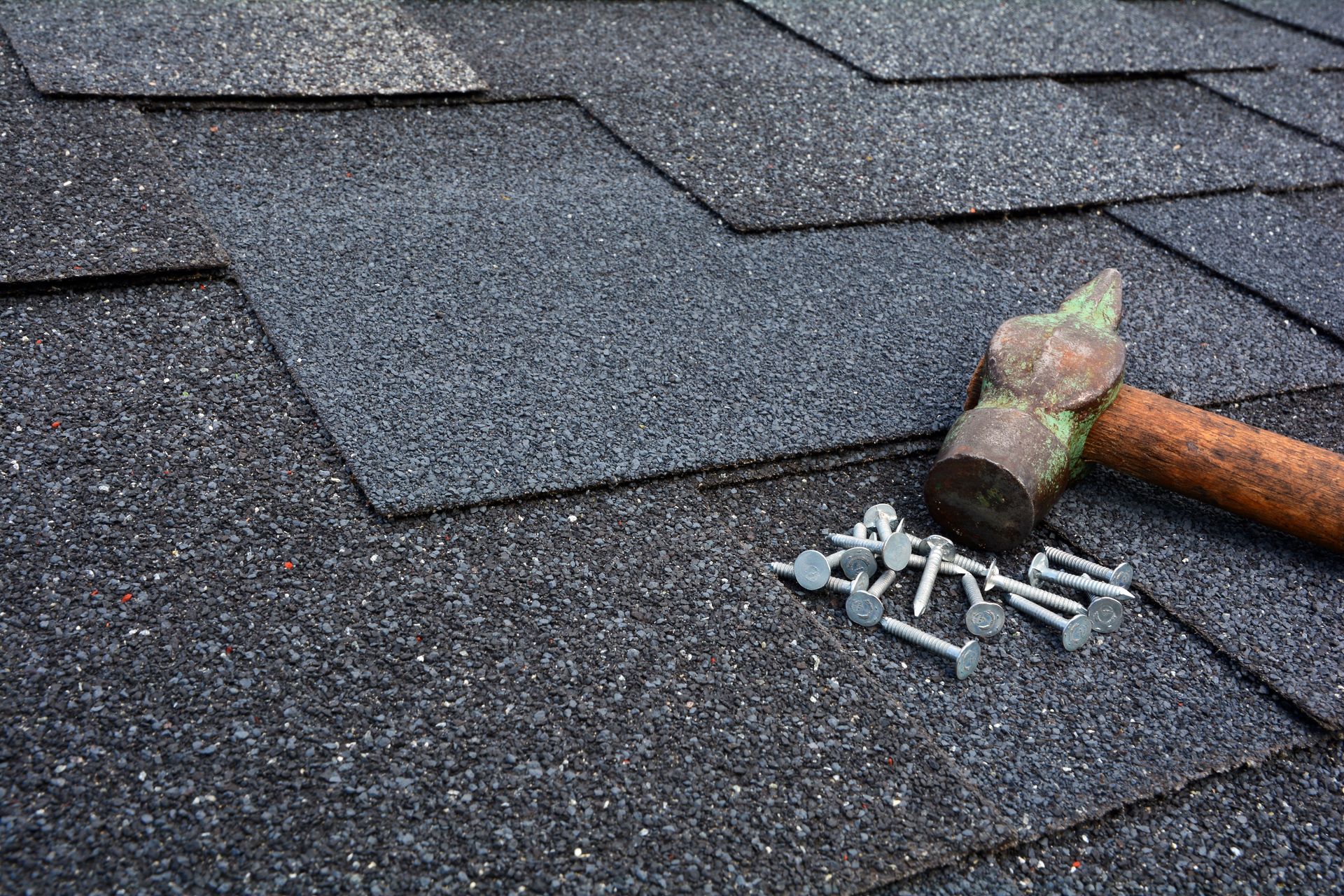
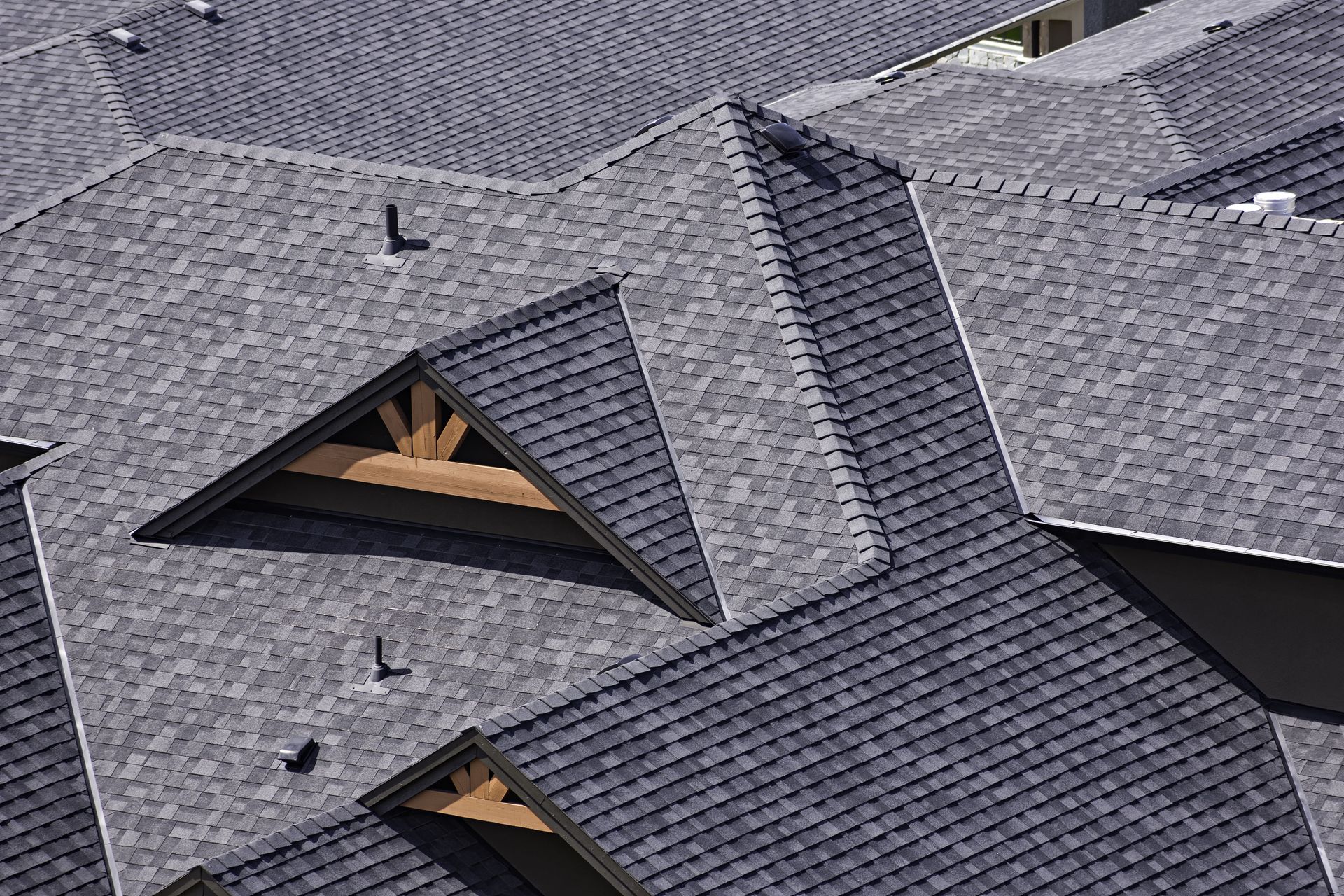
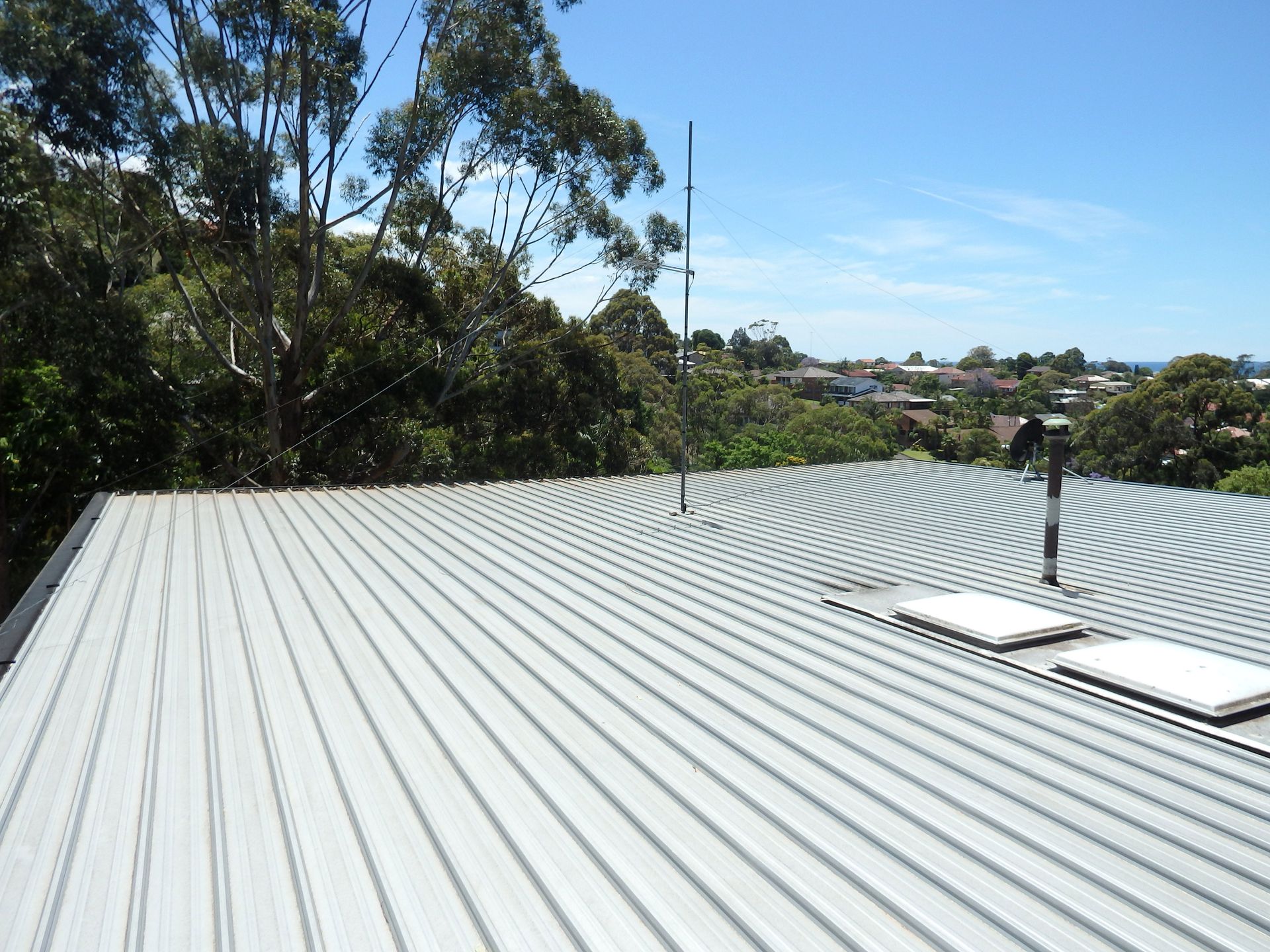
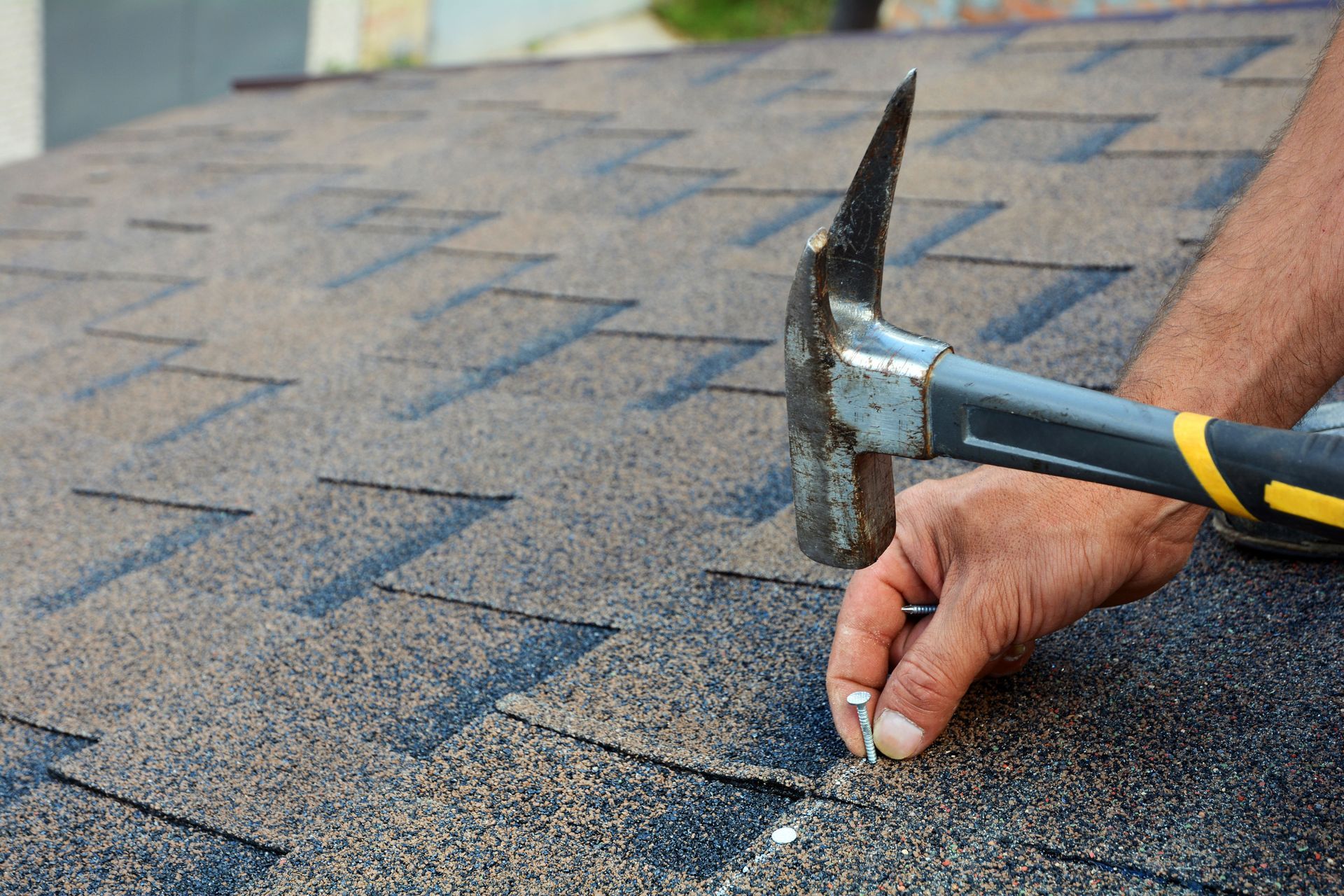
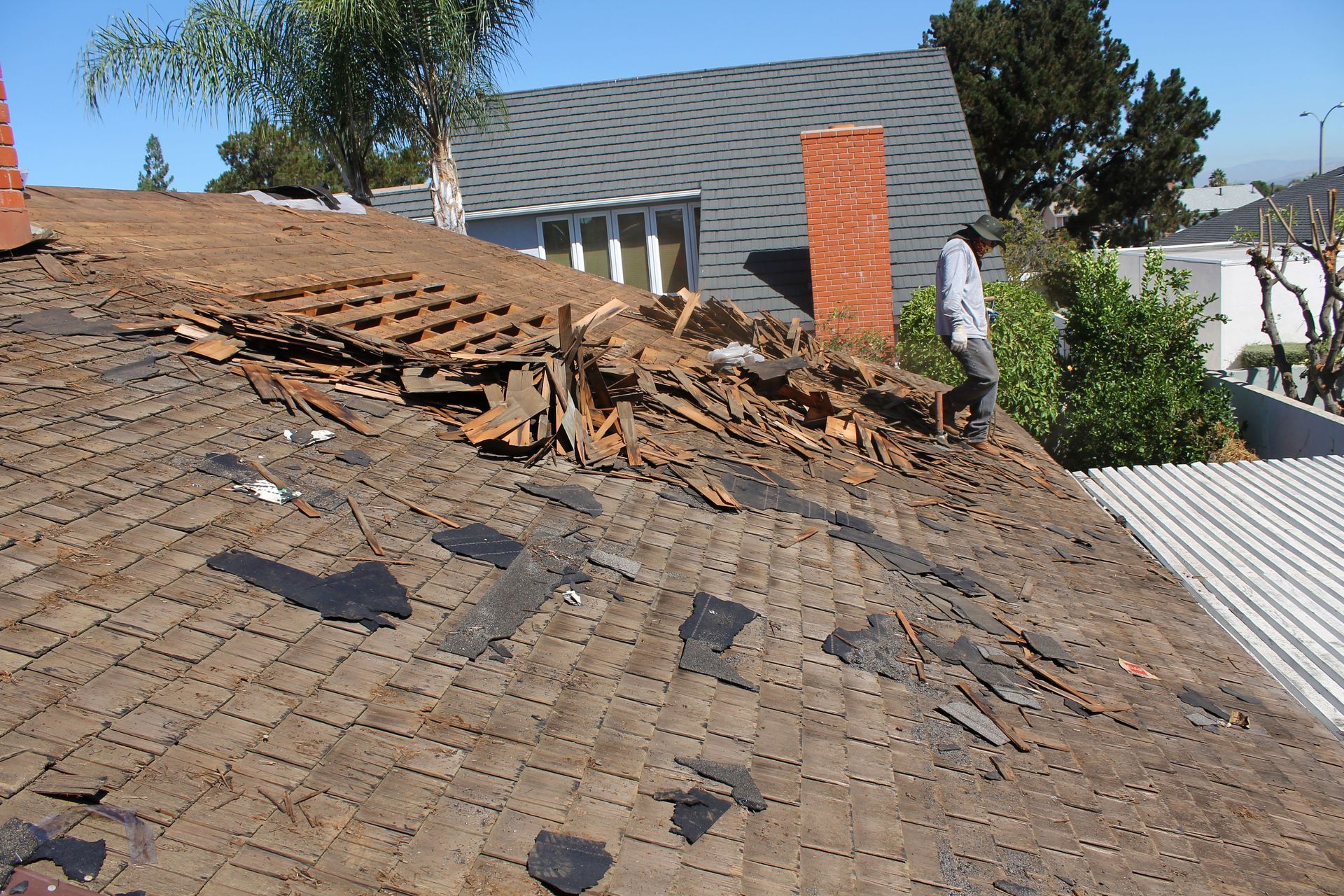
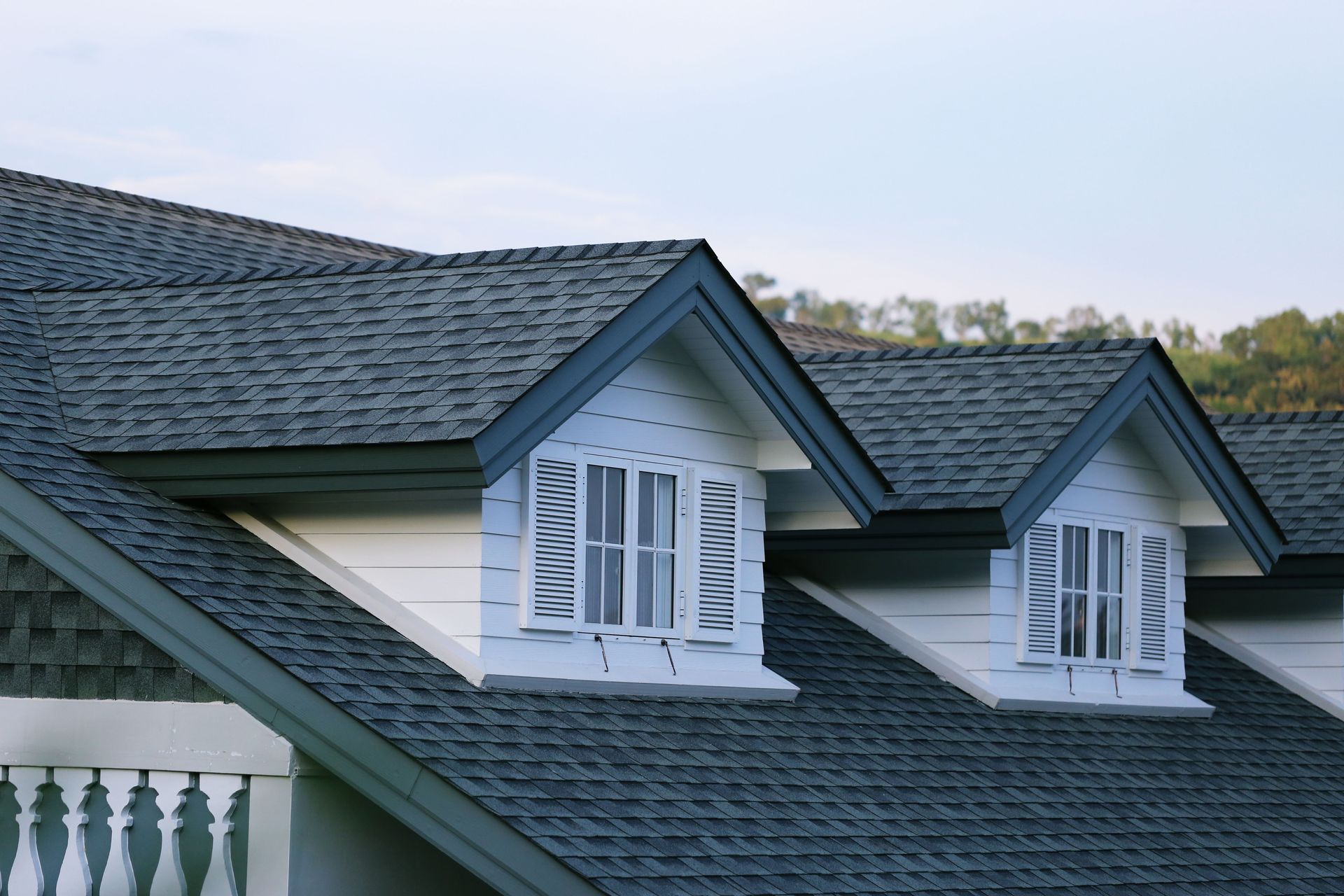
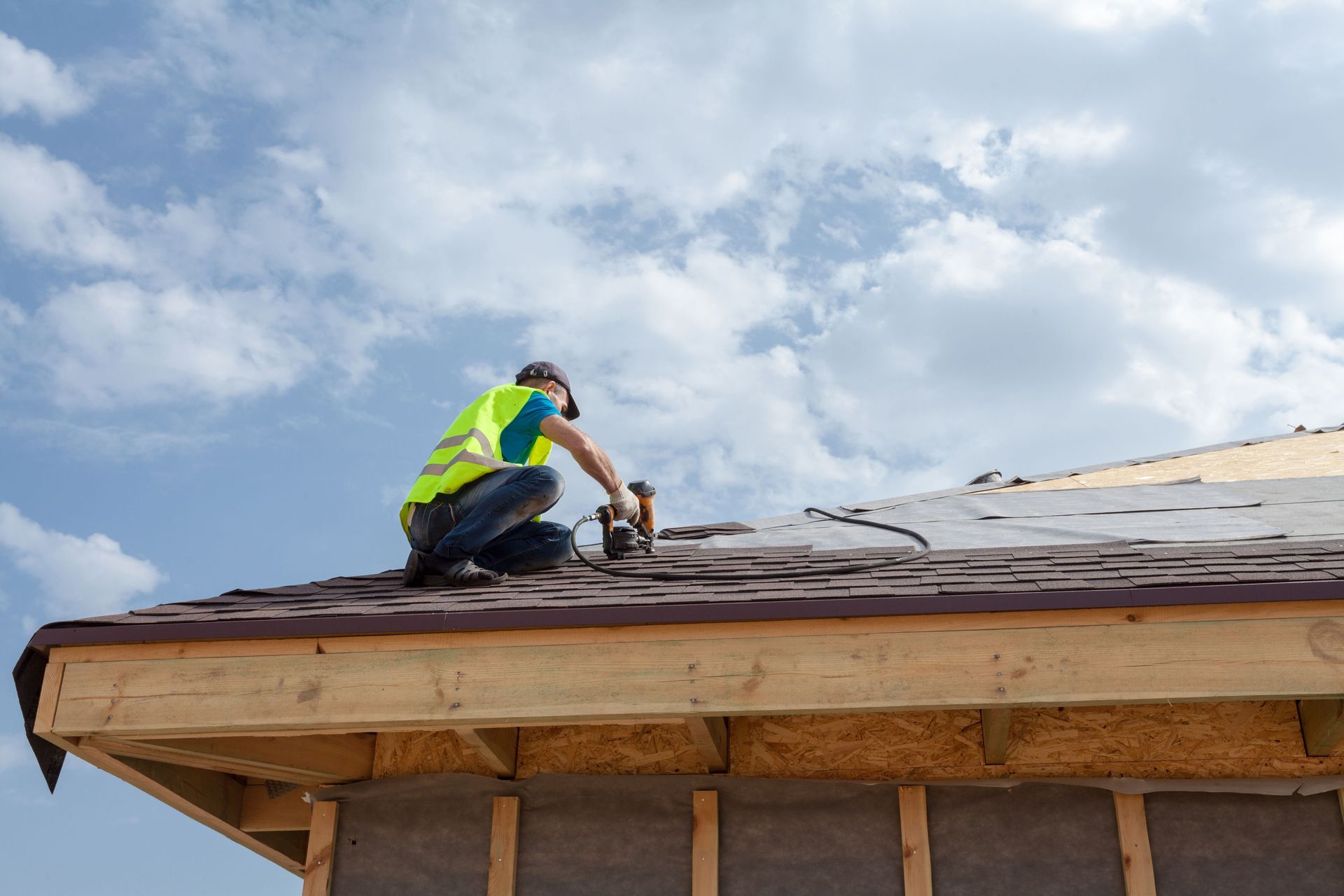
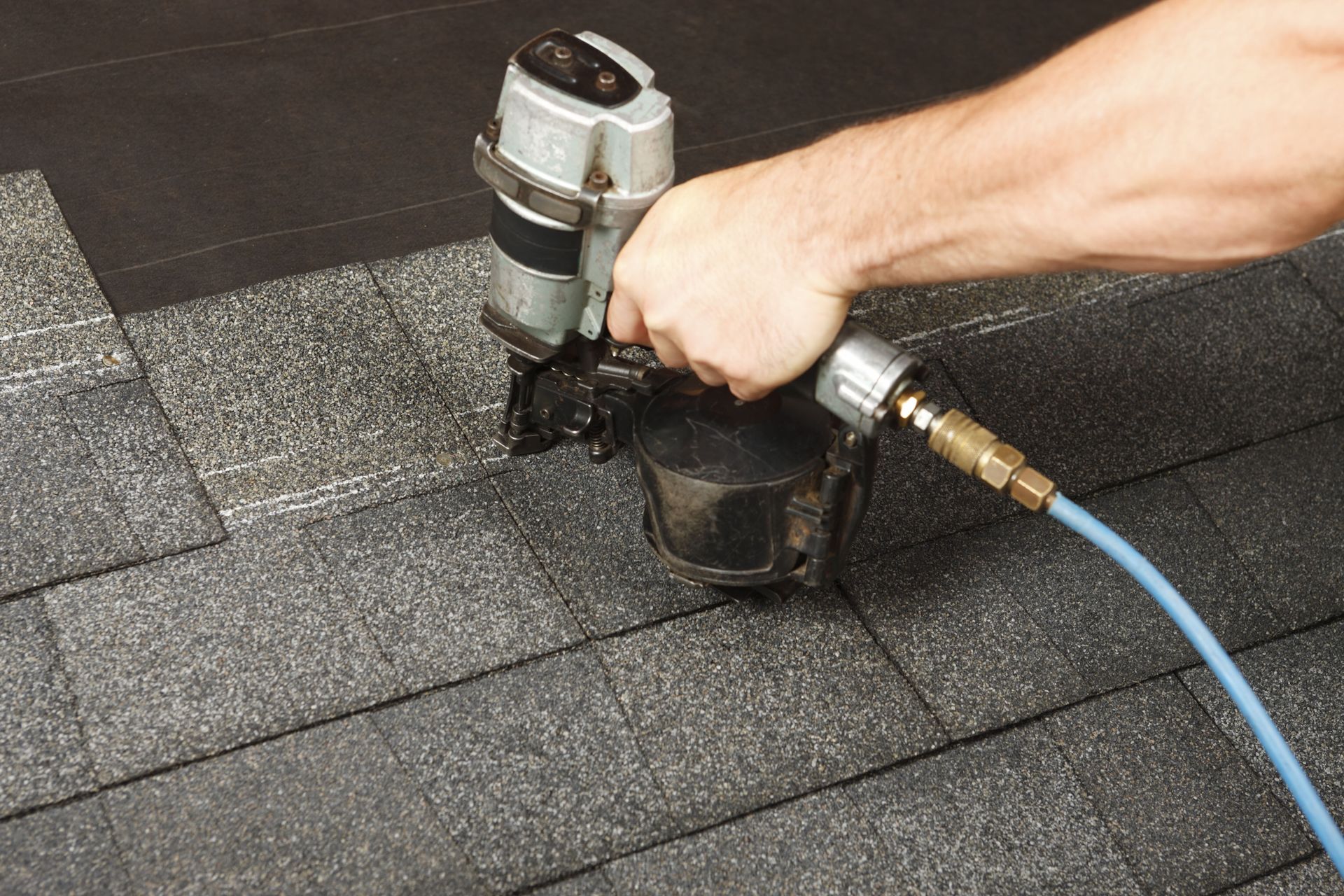
Share On: